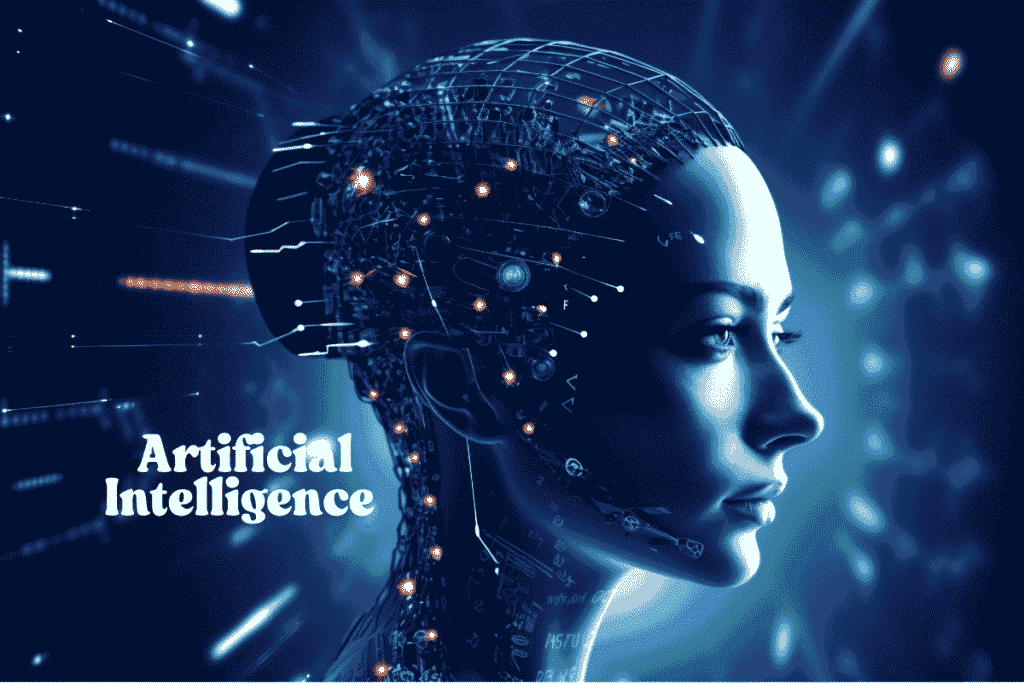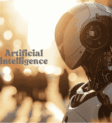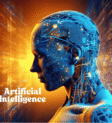Hello people! What does AI do to the way we live each day? Using AI makes tasks simpler and our lives better connected to technology. Nearly every day, we make use of AI which is already a working technology and is present in phones, at home, at job sites, and many other places. Whether we search for recommendations individually or let AI tell us using services like Grok 3 by xAI, our lives are being transformed by AI.
Here, we cover different uses of AI, like in communication, entertainment, healthcare, transportation, education, and more, and discuss both the problems it faces today and what its future may bring.
Let’s dive in!
Table of Contents
AI in Communication Tools
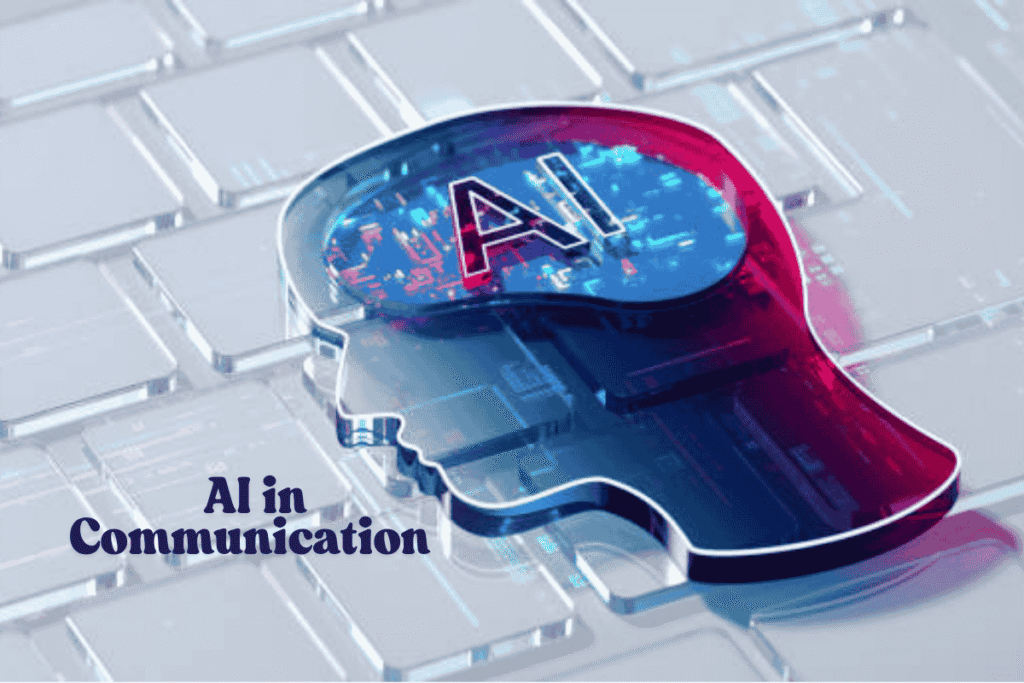
Virtual Assistants
People depend on virtual assistants such as Grok 3, Siri, Alex, and Google Assistant to help with many tasks every day. By using NLP, they interpret what people say and respond by setting reminders, sending messages, or controlling devices in their homes. Try asking Grok 3 to schedule a meeting, look up the weather, or explain a recent current event and it gives you a precise answer. Analyzing a lot of data allows these agents to understand users’ tastes and give a more personal touch to their services.
Real-Time Translation
Thanks to AI, communication between speakers of different languages is easier. ChatGPT and technology like Google Translate and DeepL make it possible to translate text, speak and images on the fly. Mobile phones playing as cameras can now translate any menu written in foreign languages and video conferencing systems use technology to display subtitles for several languages instantly. It allows people and companies worldwide to interact more smoothly in all kinds of settings.
Email and Messaging
With AI, email and messaging platforms can help by sorting your messages, suggesting answers, and finding out if you have received spam. Gmail’s Smart Compose predicts your sentences and fills them in automatically, making you more efficient. AI technology in chatbots makes messaging apps capable of fielding inquiries from customers, setting up appointments, or giving support, cutting down on communication for both sides.
AI and Entertainment
Personalized Content Suggestions
Netflix, Spotify, and YouTube depend on Artificial Intelligence to guide their content suggestions. Machine learning models check user viewing or music histories to offer ideas for movies, songs, or videos that match a person’s likes. Netflix’s recommend system learns from your past choices, the kind of shows you like,e and even when you usually watch to present you with suggestions. Using personalization helps users become more engaged and enjoy entertainment more.
Content Creation
People are using AI more often to make entertainment content. With DALL-E and MidJourney, it’s possible to make artwork and AIVA can compose new tracks with AI. In addition, AI can be used to create short videos, compose scripts or invent virtual influencers by 2025. An example of this is an AI developing a workout video or a music selection based on your emotions, merging imagination with unique user details.
Gaming
AI contributes to gaming by making the play experience exciting and fully engaging. Because non-player characters are powered by AI, games feel more realistic and enjoyable. AI is used to check and balance the levels in a game. For instance, with AI algorithms, open-world games create convincing environments and the actions of characters. With AI in cloud gaming, there is much less delay which lets players play across devices without difficulty.
AI in use in healthcare
Personal Health Tracking
Fitbit, Apple Watch and smart rings, amongst other wearables, use AI to track your health metrics such as heart rate, when you sleep and your activity level. They analyze your heart rate continuously and alert you when they find any unusual signals, for example, atrial fibrillation. By 2025, users of AI-powered wearables are taking action to protect their health, make it easier for preventive care and lower the number of hospital visits.
Telemedicine and Diagnostics
AI makes telemedicine more accurate by allowing consultations to be done remotely. These digital tools analyze data from patient tests, images and records to assist doctors with finding out if a patient has conditions like cancer or diabetes. For example, AI algorithms can spot the start of diabetic retinopathy in retinal pictures with a similar level of accuracy as human experts. Such tools help people in under-served areas by making it possible for doctors to diagnose and advise patients remotely.
Support Services
With Woebot and Youper, you can access mental health support through online chats. They use natural language processing to help users talk and get support, giving tips on coping and keeping track of mood. While real therapy by a professional should not be overlooked, it still makes handling stress, anxiety, or depression easier and more affordable for more people.
AI in Transportation
Navigation and Ride-Sharing
Traffic data on Google Maps and Waze is analyzed in real time using AI, allowing the apps to advise users on the fastest routes. Apps that use machine learning are able to guess when traffic jams, accidents or road closures are likely to happen, letting people avoid them. Using AI, smartphone ride-sharing services Uber and Lyft assign drivers more efficiently, decide on pricing and plan better routes for both drivers and passengers.
Autonomous Vehicles
By 2025, AI-powered self-driving cars are becoming more popular and it’s companies like Tesla and Waymo who are at the forefront. To navigate and handle situations on the road, cars use computer vision, put together information from several sensors, and rely on deep learning. When cameras, radar, and LIDAR data are analyzed with AI, vehicles adjust to any environment and help prevent accidents caused by people.
Public Transportation
AI helps to improve public transportation by planning schedules better, suggesting planned maintenance and aiding smooth passenger movement. Specifically, by studying commuter patterns, AI helps to fix bus and train schedules, making wait times shorter. By integrating public transport and traffic lights through AI, cities become easier to travel inside.
AI in Schools
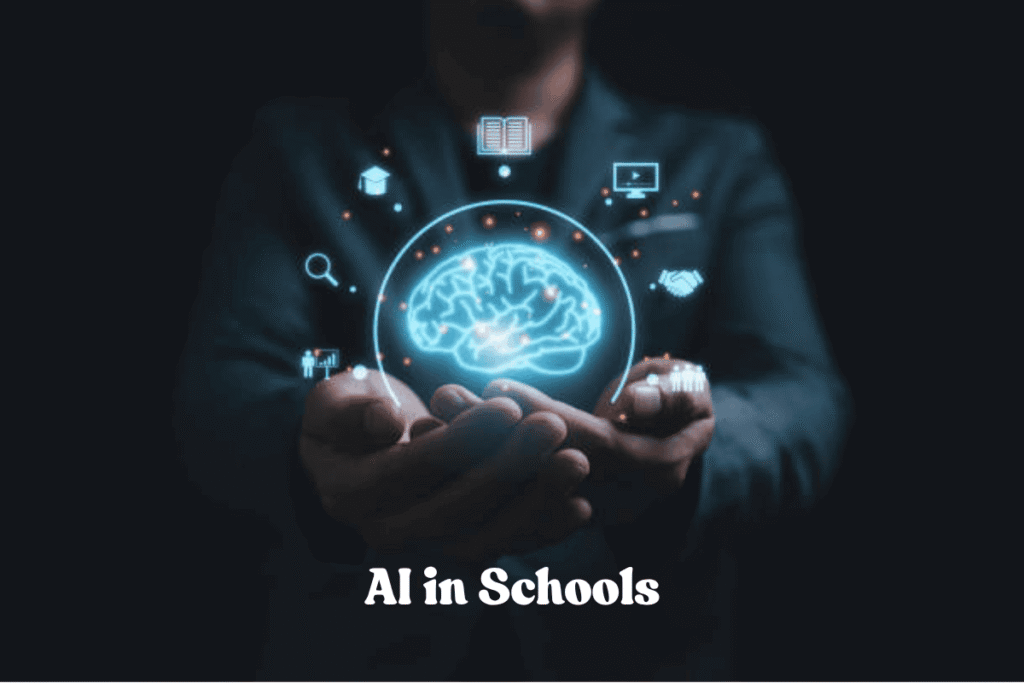
Personalized Learning
AI allows learning to be personalized for each student. The learning process on Khan Academy and Duolingo is adjusted automatically by AI, considering how well and what areas the person is working on. With an AI tutor, the math problems students handle can change instantly based on their understanding and the AI might suggest learning tools to grow their vocabulary.
Administrative Efficiency
Using AI, educators can easily manage grading, check student attendance and design weekly schedules. Intelligent systems review essays or multiple-choice exams by using AI and quickly guide students with their results. AI is applied by educational institutions to project enrollment trends and divide resources appropriately to decrease their operating expenses.
Virtual Classrooms
AI virtual classrooms combined with VR and AR provide students with an engaging learning space. Students are welcome to visit historical sites, run online science tests, or work on various tasks in digital simulations. For example, while medical students learn how to perform surgery online, language students interact with computer-based native speakers to practice their communication.
AI in Home and Lifestyle
Smart Homes
Computers and AI are responsible for controlling smart home devices, including lights, thermostats and security systems. Users can let Amazon Alexa and Google Home adjust their lights and temperatures based on how they usually like it. To give an example, an AI thermostat could adjust the temperature at night and also power off the lights when you leave, both to help you save money and make you feel comfortable.
Buying and E-Auchwolb
With AI, online shopping experiences are improved by recommending items based on your choices and making things easier to do. The products Amazon suggests to its customers are based on their online searches, what they buy and even which ads they interact with on social media. Chatbots assisted by AI answer customer questions, handle order tracking and handle return processes which improve online shopping.
Fitness and Nutrition
It is possible to use MyFitnessPal and Lifesum which are backed by AI, to get tailored plans for exercise and nutrition. User data such as food preferences, exercise plans and health hopes are examined by the apps which suggest meals and exercises. For example, an AI could propose a low-carb dinner based on the calories you have taken that day or recommend changes to your workout schedule once it looks at your performance.
AI in Work and Productivity
Workflow Automation
Automating routine activities increases productivity at work. They help you write, schedule tasks, and analyze information using AI. Examples are that AI can prepare reports, summarize gatherings, and write emails so that employees can work on vital creative and strategic projects.
Customer Service
Customer service queries are addressed across many industries by AI-powered chatbots and virtual agents. They use NLP to read customer needs, offer solutions or move forward to having a human involve if needed. When a customer asks the bank’s chatbot online about their account, less time is spent waiting and their happiness increases.
Making Choices Using Data
Businesses turn to AI to look through huge amounts of data and find insights useful for decision-making. Tools like Tableau and Power BI handle sales reports, examination of customer actions and study of trends to offer practical recommendations. A firm can use AI to calculate demand for its stock and adjust advertising according to figures from AI analytics.
AI in Financial Institutions
Fraud Detection
Thanks to AI, it is possible to detect fraudulent banking transactions immediately. These algorithms monitor people’s purchases every day, identifying anything that seems strange. As an example, if your credit card is used abroad, AI will report it right away and freeze the account, saving you from losing funds.
Personalized Banking
AI is behind financial tools like budgeting apps and robo-advisors. Mint suggests ways to save money based on your numbers and Betterment recommends suitable investment portfolios depending on your financial preferences. They allow more people to take part in financial planning.
Loan & Credit Checks
AI simplifies assessing loans and credit by studying information about applicants such as their debt and how they earn and spend their money. As a result, decisions are made more quickly, more correctly and with less bias than in traditional ways. AI can grant a small business loan within minutes, thus helping increase financing options.
Problems and Ethics
Privacy Concerns
Because AI requires a lot of data, privacy experts are worried. Today, many AI-powered services gather a variety of personal data, including browsing info and health readings and users are not always informed. As an example, people’s voices may be recorded in smart homes and their web activities may be used for advertising purposes. It is necessary to regulate user privacy well and technology to keep user data private.
Ways of Being Fair
AI can adopt biases from the information it was trained on which may cause unfair decisions. Facial recognition systems have often been seen to incorrectly identify people from some demographic groups, thus raising the issue of discrimination. To manage bias, we should have diversity in our data, ensure our algorithms are clear, and keep checking for fairness.
Job Displacement
Some jobs may be lost because AI replaces tasks that happen routinely such as getting information and responding to customer queries. Because AI changes the way development and oversight are done, it’s important to offer reskilling to help workers make the transition. Investing in education by both governments and organizations is necessary to train people for AI jobs.
Digital Divide
The use of AI is not equally available, with those who have money and resources faring better than poorer communities. It is necessary to create policies that guarantee that AI tools, connection to the internet and computer education are available at affordable prices for everyone.
Future Potential
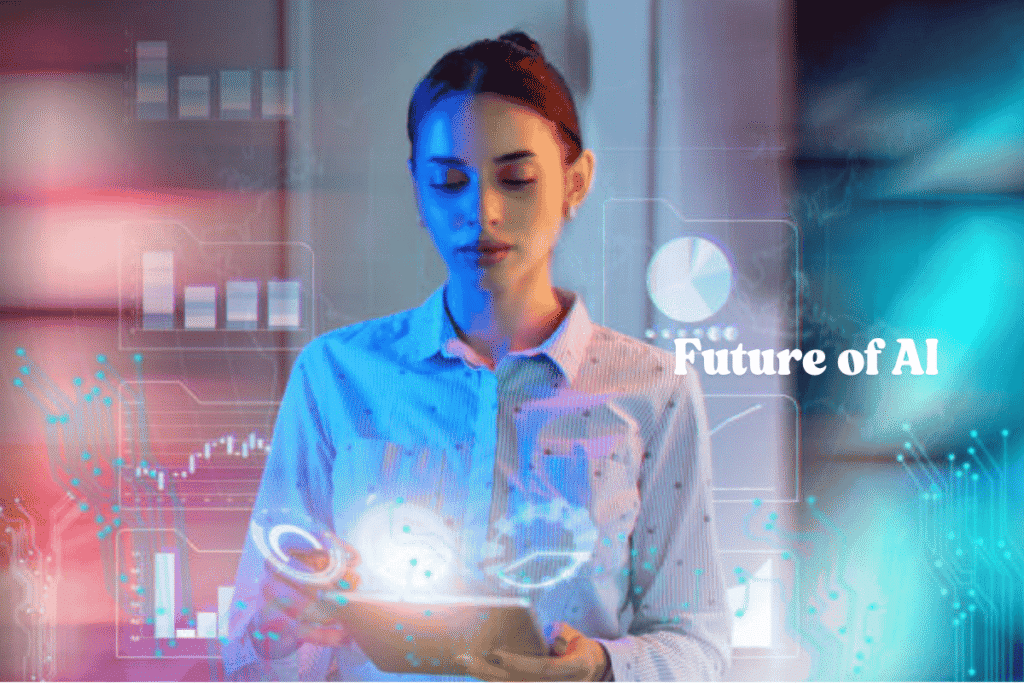
Over the next decade, people will interact with AI even more, thanks to advancements in using AI in several forms, working at the edge of devices, and AI-person collaboration. Some AI systems will figure out things you need ahead of you expressing them, for instance, by ordering groceries for you from your favorite store using information about your schedule and diet.
With AI, there would be better management of renewable energy worldwide and better predictions for handling disasters. To make the most of AI, equity must be ensured, proper oversight must be put in place and ethics must develop in all fields. this paragraph make it bullets
Conclusion
We rely on AI every day in 2025 to help us communicate, work, learn, and play. In many ways, AI automates work, customizes what we do, and inspires advancements in various fields. Still, as more people use it, its problems, related to privacy, unfair bias, and lost jobs, become more pressing and need to be addressed promptly.
Building responsible AI and ensuring everyone has access will be very important as we get closer to 2030. With AI, we can ensure technology is something that improves and supports everyone in the future. How will AI continue to transform our daily lives?
FAQS
1. How does AI make it easier to talk with virtual assistants regularly?
Services like Grok 3 take on tasks, respond to questions, and personalize the answers they give.
2 . How do AI-based technologies affect customizing entertainment?
Users can find suggested entertainment using their tastes, due to AI.
3. What role does artificial intelligence play in monitoring personal health in healthcare?
Wearables use AI to monitor your heart, your sleep, and your general health.
4. What are the ways AI helps transportation by guiding machines and allowing them to drive on their own?
AI also manipulates routes, powers self-driving cars, and makes improvements to public transport.
5. Which issues does AI bring into everyday situations?
Solutions are needed right away for privacy, bias, job displacement, and the digital divide.
